How swim fit are you?
Then why not take part in the 2023 Cole Classic in February right here in beautiful Manly, one of Australia’s largest ocean swims. If you’ve been holding off participating in your first ocean swim then there is no better opportunity than the Cole Classic. The 1km swim is perfect for the newbies or a leisurely swim, whilst a step up to the 2km or even 5km ocean swim might be on the cards, if you're ready for the challenge? There are many differences swimming in the ocean than in the pool, rips currents, waves, weather, marine life and another several thousand swimmers, ensure you increase your ocean awareness, learn some basic ocean water swimming techniques in the ocean environment. HOW SWIM FIT ARE YOU? If you would like some help to ease your anxiety, boost your confidence, learn some ocean skills, increase your fitness and swim your best on the day please get in touch. If you are interested in swimming as part of a team for support then please contact Linda. Contact Linda on 0404 245 825 or email on linda@goodswim.com.au Photos from team GoodSwim 2020 
0 Comments
What causes motion sickness? Motion sickness when swimming can be experienced when pool swimming but it’s more common in open water, especially the ocean. The ocean has more movement and on those days when water is choppy and bumpy, there is an increased chance of motion sickness.
However, it often sets in whilst in deeper water when we can’t go back to shore immediately. In this case stop, try and focus on something static such as a landmark or the sea bed. Try as best you can to calm your breathing and divert your mind, rather than focusing on the nausea. Talk to your buddy, think hard about something else or sing a song.’ If you struggle with motion sickness then maybe ease yourself into swimming in different conditions. Ocean pools can be useful for this for safety reasons. The ocean pools are affected by the tides and on high tide can get quite bumpy with water spilling into the pool from the surf therefore a lot of water moving around. Swim a little and often in different conditions to acclimatise your body to the movement of the water. Keep a calm rhythm with your breathing, keep movement and sighting to the minimum with a good head position looking down. When ocean swimming you never know when the conditions can change. Motion sickness can happen with any water activity, not just swimming so ALWAYS buddy up and know your limits. Have you suffered from motion sickness whilst swimming?
I see many groups of fish of all kinds in Cabbage Tree Bay and wondered... what is the difference between a School or Shoal? Groups of aquatic life get classified depending on whether they are a single type or mixture of species, or whether they are fish or mammals. SHOAL - when fish, shrimp or other aquatic creatures swim together in a loose cluster, this is typically called a shoal . It can be a mix of different species. SCHOOL - is a group of the same fish species swimming together in synchrony; turning, twisting and forming sweeping, glinting shapes in the water. Fish probably do this to confuse predators and to save energy (by using the ‘slipstreams’ of other fish). How do schools of fish swim in perfect unison? A fish decides where and how to move relative to its position in the school. If the fish behind gets too close (less than two body-lengths), then it speeds up; if the fish in front gets closer than that, then it slows down. Schooling fish watch one another and also feel the waves their neighbours make as they swim, with pressure-sensitive pores along their body called the lateral line. And each fish has its preferred spot in the school. Some are natural leaders and tend to hang at the front and guide the whole school, while others choose to follow.
What is a big school of fish called? Many kinds of fish prefer to swim together in groups called shoals. Some shoals are the biggest gatherings of animals on the planet others may only contain a few individuals. Do schools of fish have a leader? And each fish has its preferred spot in the school. Some are natural leaders and tend to hang at the front and guide the whole school, while others choose to follow.
|
Archives
October 2023
Categories
All
|


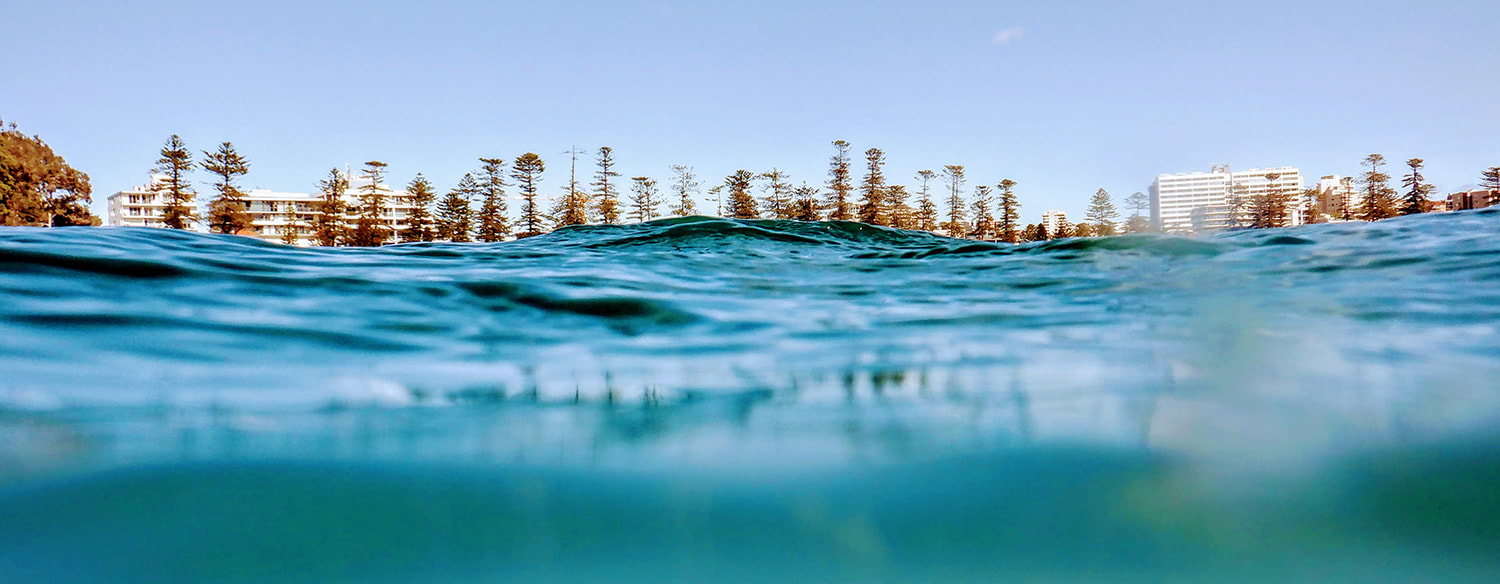
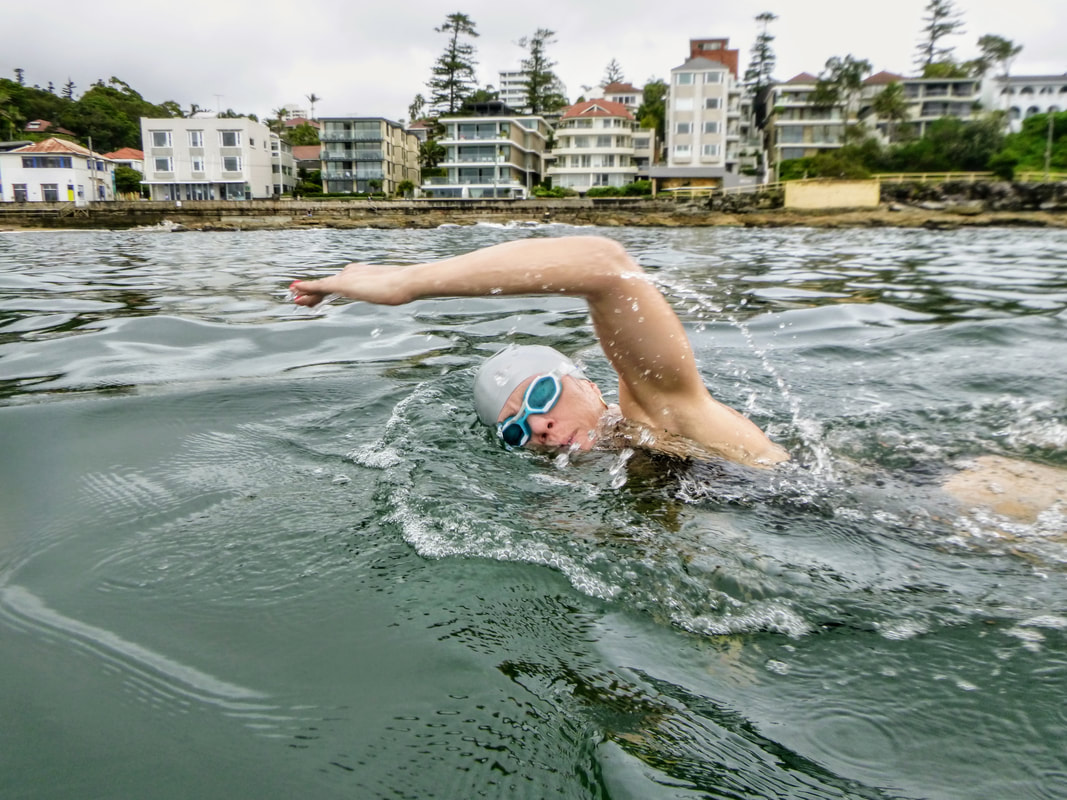
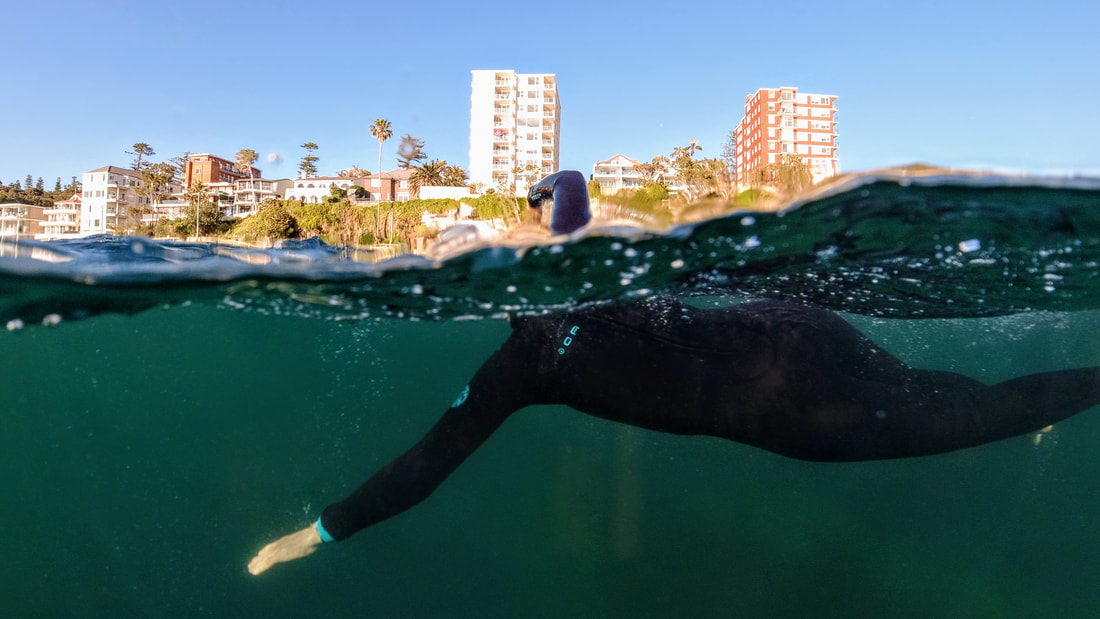
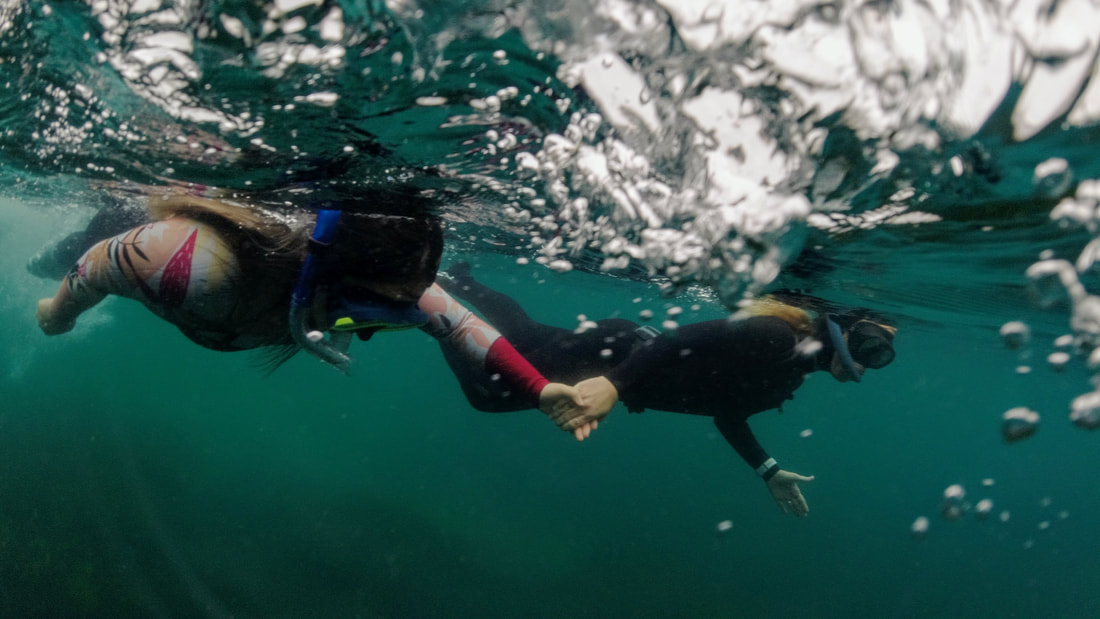
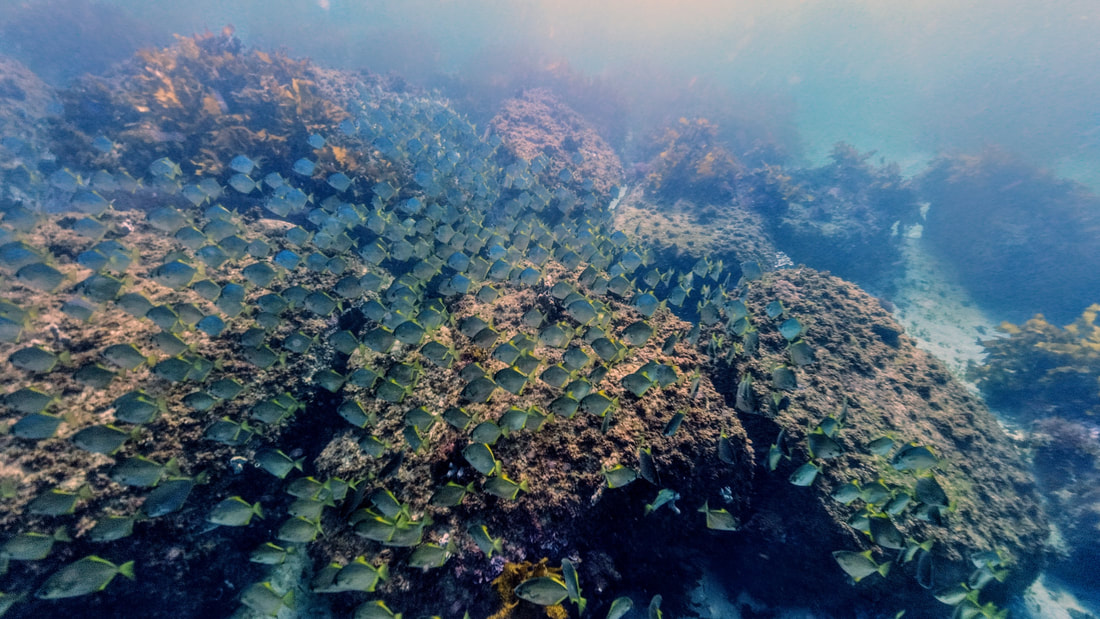
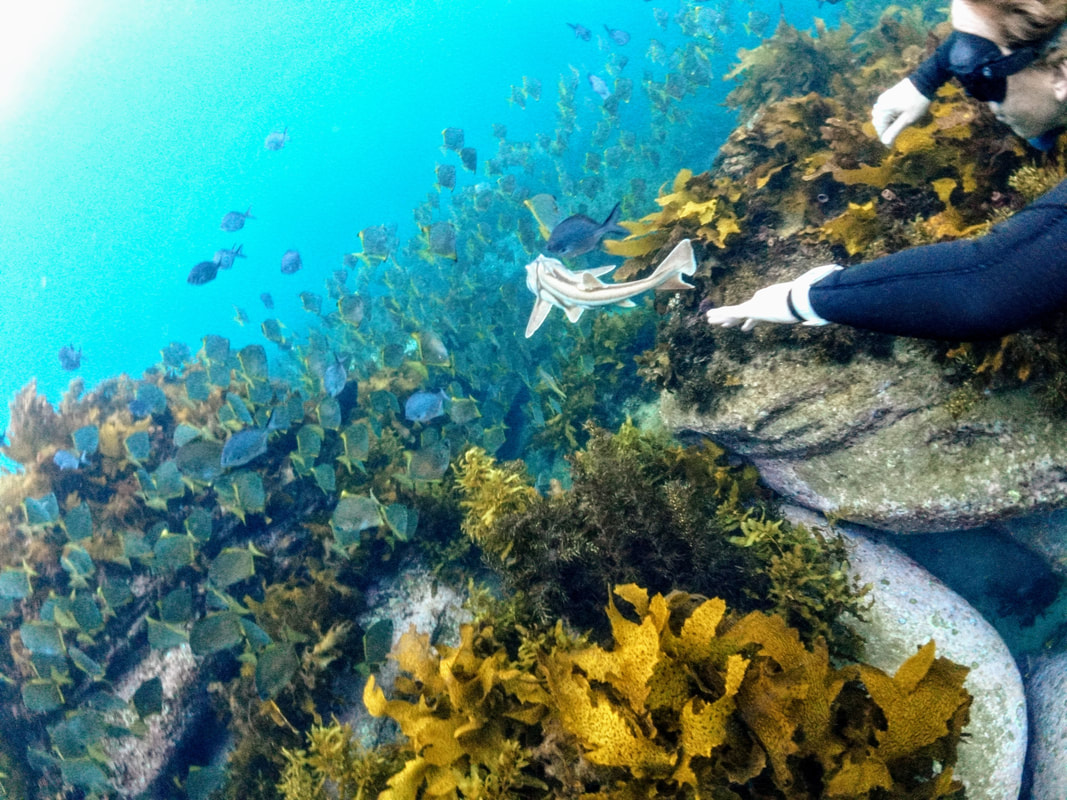
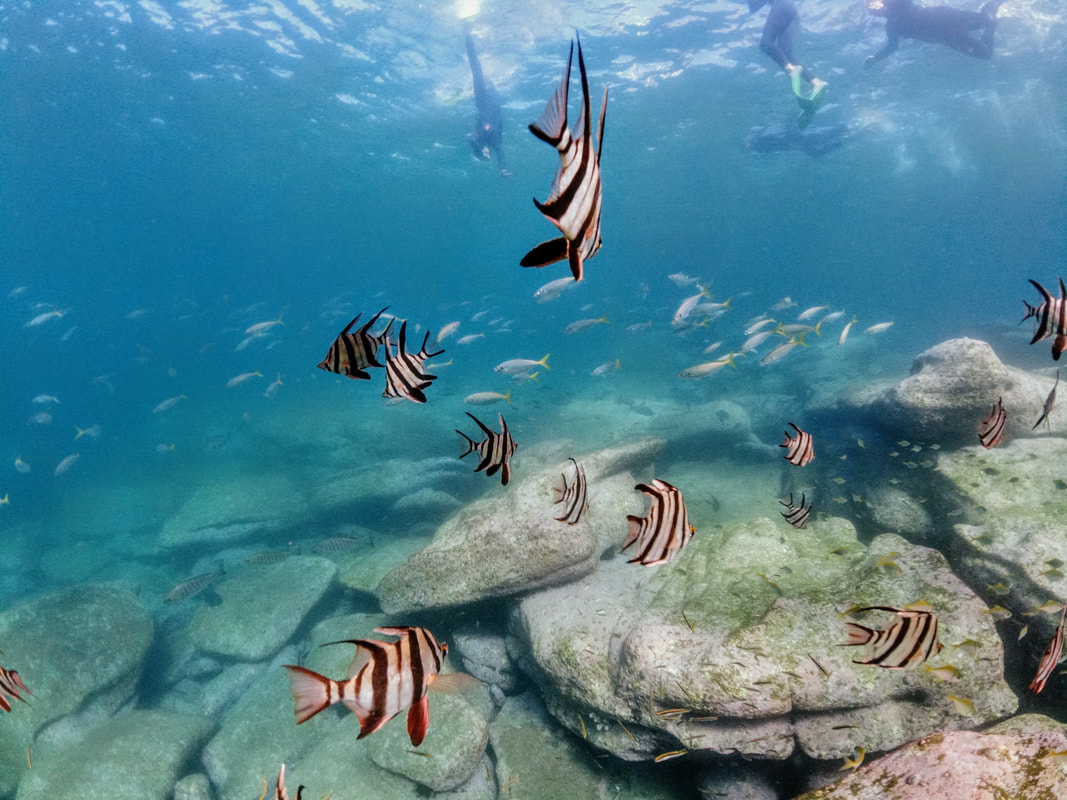
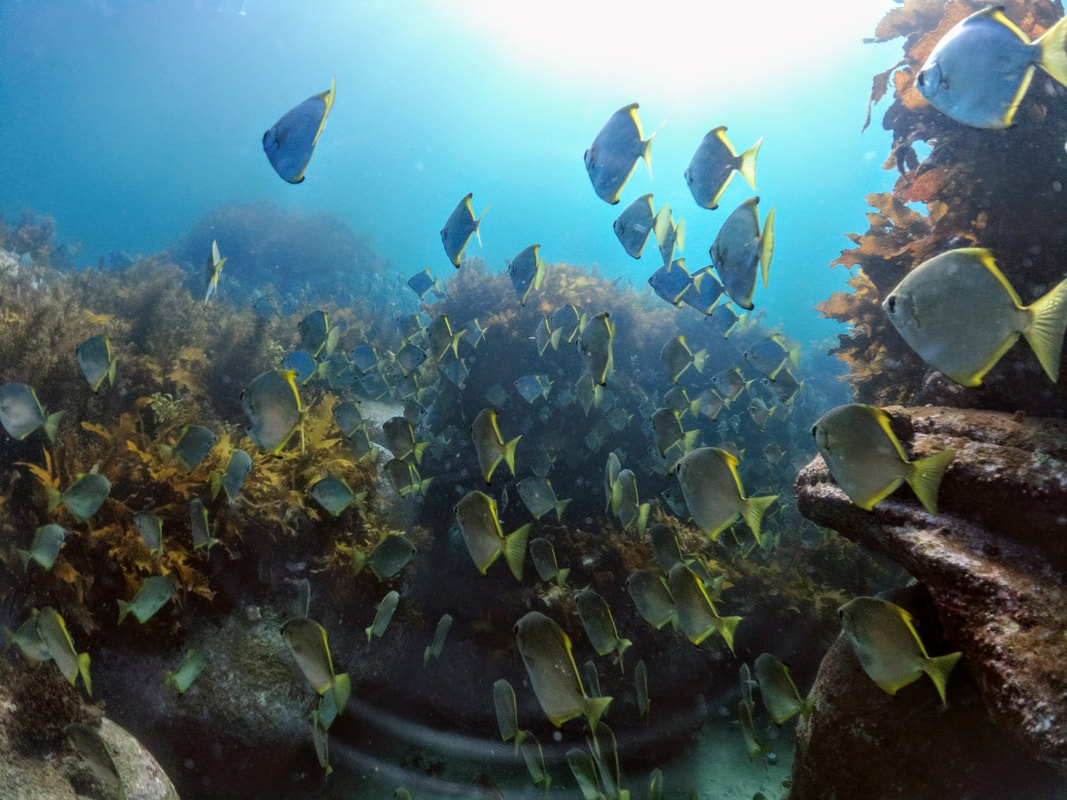
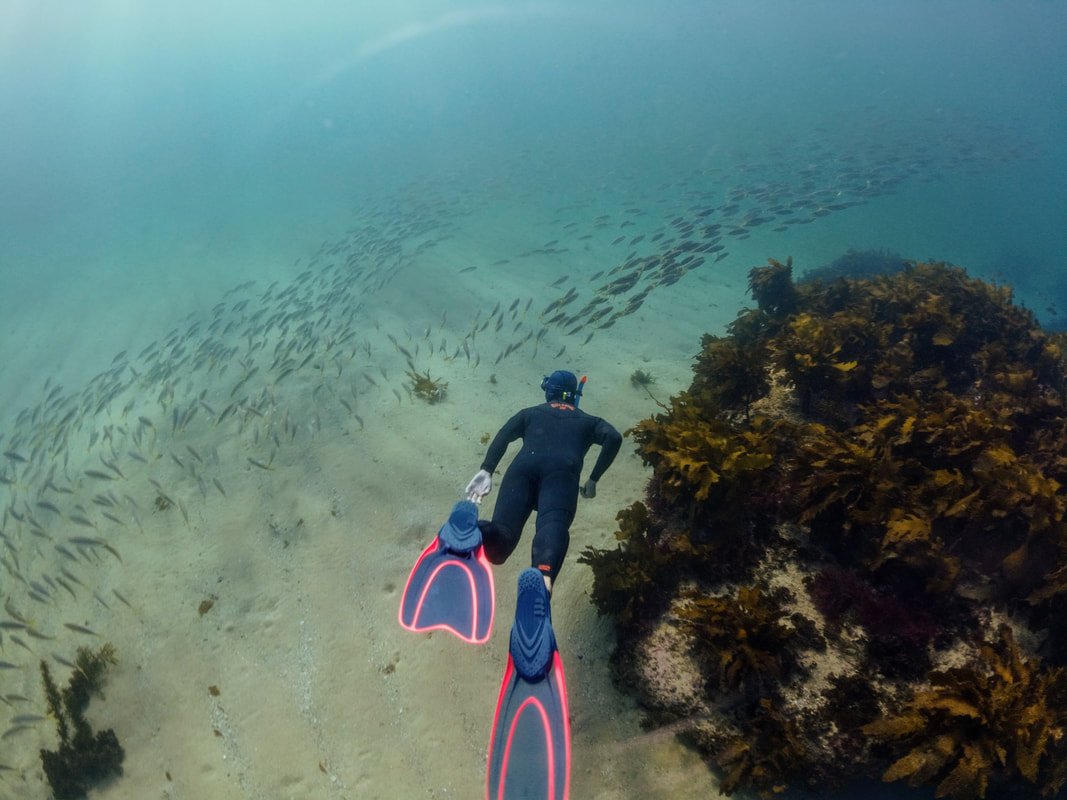
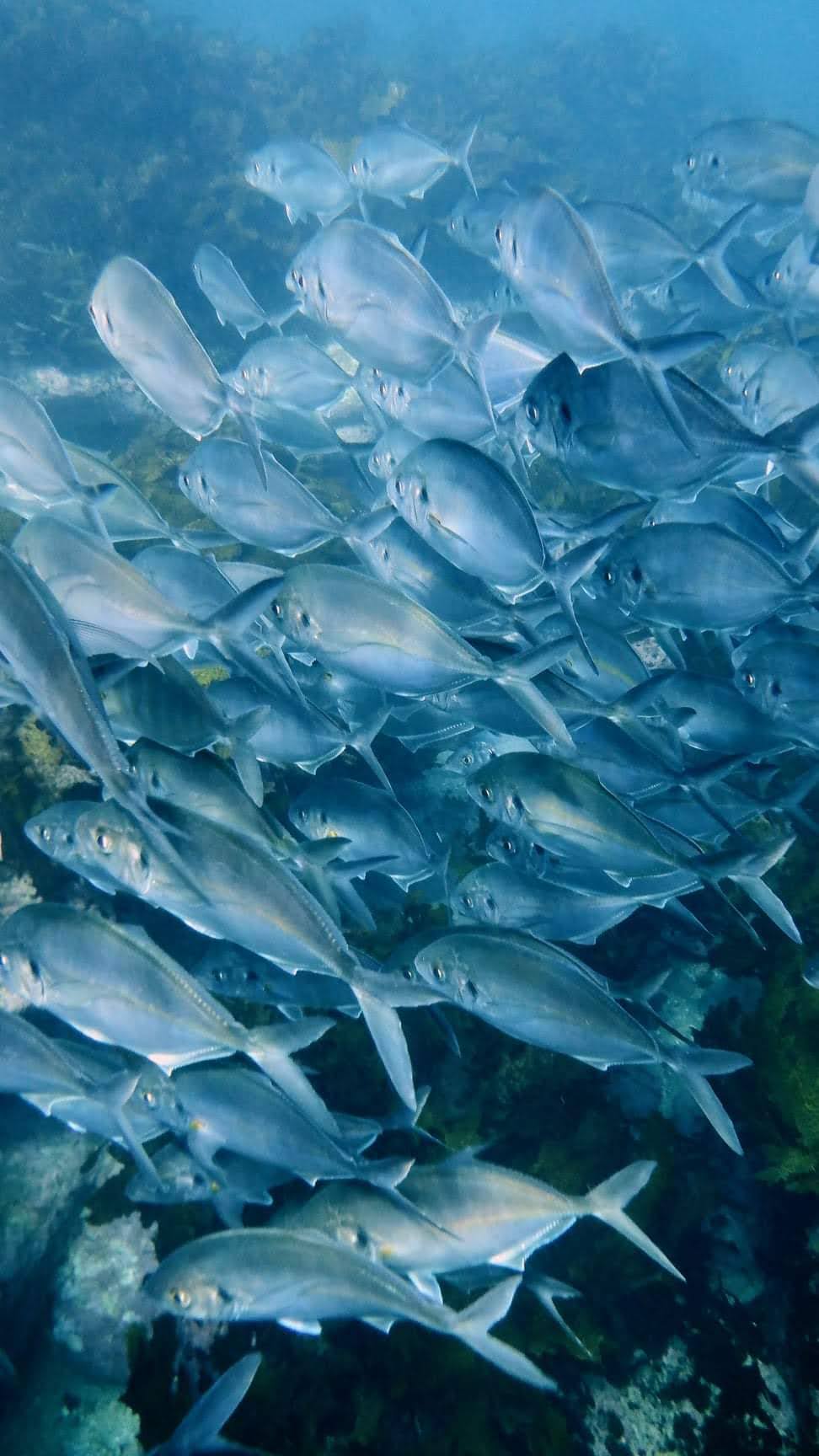

 RSS Feed
RSS Feed

